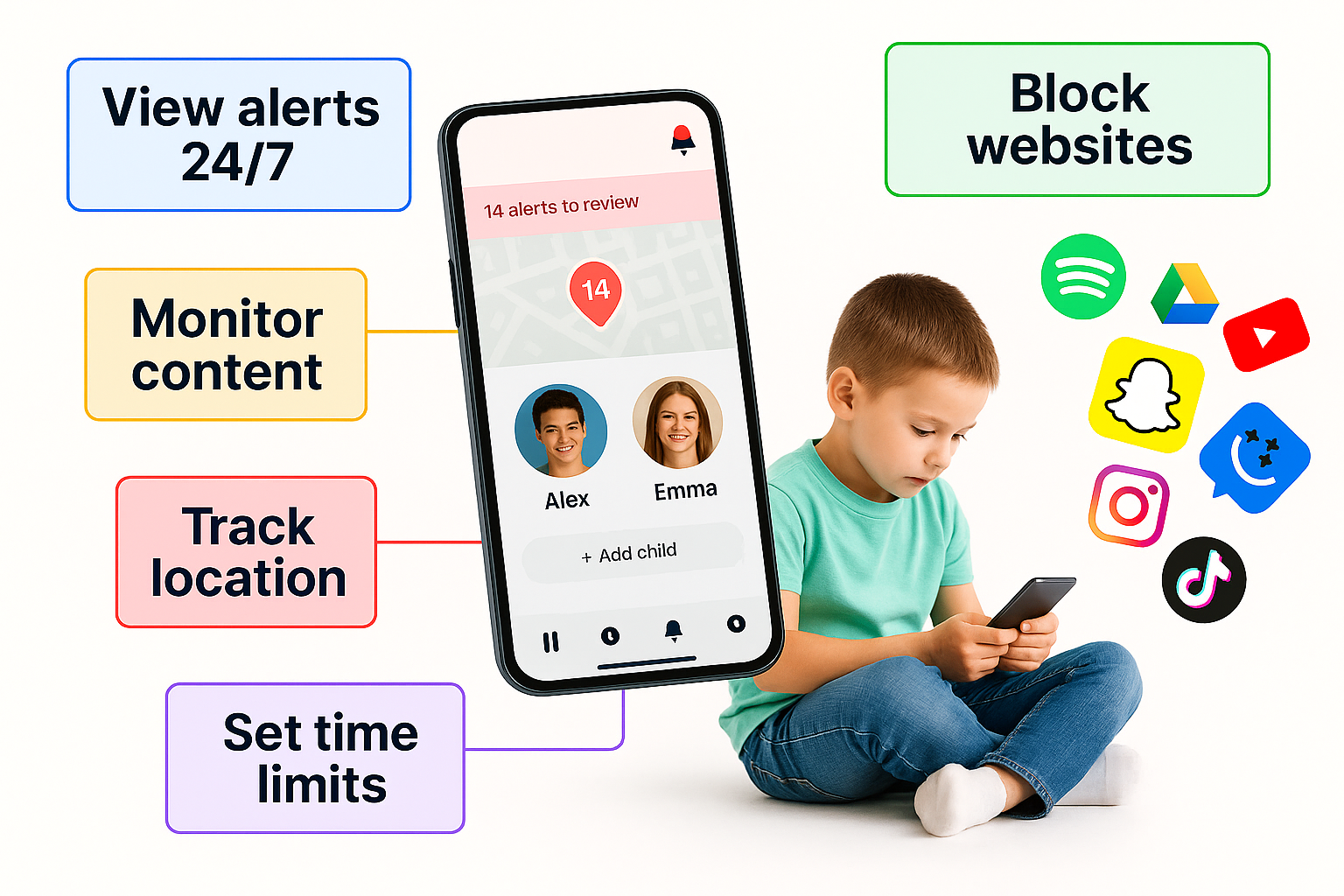The Digital Upgrade: Why Your Child’s Phone Should Grow With Them (Not Just Be “Kid‑Friendly”)
Getting your child their first phone is a milestone. But here’s what many parents don’t realise: the goal isn’t just handing over the device—it’s helping your child grow into using it well. A “kid‑friendly phone” is a good start, but unless it evolves with your child’s age, habits and maturity, it can become outdated or a point of tension.
This article dives into how to pick a device and build a process so the phone stays safe, useful and trustworthy as your child grows.
The Problem With One‑Size‑Fits‑All Phones
When a child first gets a phone, we often assume: “This model will last until they’re a teen.” But reality shows different problems:
- A too‑basic phone can feel isolating when peers have full smartphones.
- A full‑feature smartphone too early can overwhelm or mislead your child.
- Rules that are set once rarely change, leaving you locked into old habits.
The key is a phone plan—not just a phone model.
Stage 1: The “Starter Phone” (Age 7‑10 Approx.)
Device features:
- Limited apps, no open social media
- Contact whitelist (parents approve calls/texts)
- GPS tracking and emergency call
- Simple UI, rugged build
Rules to set:
- Phone stays in shared space at night
- Screen time capped (30‑45 mins after school)
- No games until homework + outdoor time done
Why it works:
This phase is about safety, communication and habit‑building. Your child gets the tool without access to full freedom—and you build trust.
Stage 2: The “Independent Phone” (Age 11‑13 Approx.)
Device or configuration upgrade:
- More app options—but still approved list
- Messaging with friends allowed (with restrictions)
- Weekly check‑in with parent on usage
- Location safe zones established
Rules to evolve:
- Screen time increased (60 mins+), but still monitored
- Social apps still delayed until maturity proven
- Weeknight curfew set (phone off at 9 or 10pm)
Why it works:
Your child begins real independence here—but with guidance. They’re learning to manage responsibility, not just inherit freedom.
Stage 3: The “Teen Phone” (Age 14+)
Device features:
- Full smartphone access unlocked gradually
- Parental controls shift to oversight not restrictions
- Weekly review becomes monthly review
- Device used for productivity, creativity, connection
Rules to evolve:
- Phone curfews loosen (e.g., weekends)
- Social media access allowed—but with digital literacy and check‑in
- Long‑term goal set: “Your phone earns trust you earn privileges”
Why it works:
At this point, your teen is nearly adulthood. The phone becomes a tool for work, social life, creativity—and the habits you established early hold fast.
Why a Growth Plan Outperforms a Static Phone
- Less friction: Your child doesn’t feel punished by excessive restrictions—they see progress.
- Better habits: Incremental freedoms teach responsibility rather than shocking them with total access.
- Stronger trust: You move from “monitoring constant risk” to “mentoring smart use.”
- Future‑readiness: They’ll be better prepared for adult tech choices when habits begin early.
How to Start Your Growth Phone Plan This Week
- Write a 3‑stage plan for your child’s phone, aligned with their age and maturity.
- Choose the device you’ll start with (Stage 1 features if age 7‑10).
- Create a launch agreement: Device‑rules, screen‑time limits, check‑in schedule.
- Set the first check‑in: one 10‑minute talk in 7 days to review how it’s going.
- Mark stage transition criteria: e.g., “After 3 months of no curfew breaks, upgrade to Stage 2.”
A phone handed to a child is more than a gadget—it’s a milestone, a chance to build digital habits that last. When you treat it as a growth journey, not a one‑time gift, you give your child something powerful: independence + structure + trust.
Pick the right device now. Set the right rules. Plan the next stages. Because the right phone isn’t just about today—it’s about their future.

